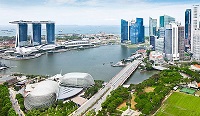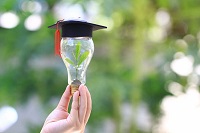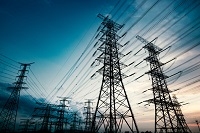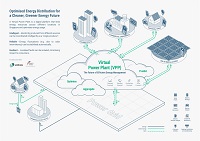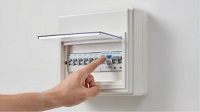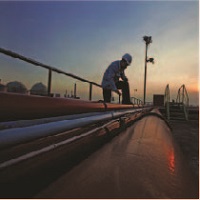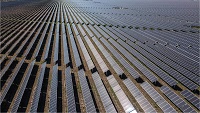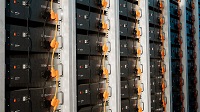We refer to Mr Seah Ah Kuan's letter on how the Government should work with private sector players and other governments on renewable energy projects (Govt needs to partner private sector players to develop renewable projects, July 19).
We fully agree with Mr Seah that collaborating with like-minded partners is key to realising our energy sector's decarbonisation, as we harness the "four switches" - natural gas, solar energy, regional power grids and low-carbon alternatives - and encourage energy efficiency.
As part of our energy diversification strategy, we are, as Mr Seah suggested, working with stakeholders, including private sector companies and overseas government authorities, to explore potential electricity imports from sources such as solar, hydro and geothermal power.
For example, we are working with companies to pilot solar imports. As part of our request for proposal process for electricity imports, we will be actively engaging companies which submit expressions of interest to help them further develop their proposals.
Singapore has also been working with Asean member states to expand regional multilateral electricity trading, strengthen power grid resilience and accelerate the deployment of renewable energy.
Hydro-power imports from the Lao PDR-Thailand-Malaysia-Singapore Power Integration Project, which started on June 23, are an example of a public-private partnership that involves the governments and private sector companies in the respective countries.
To meet our longer-term clean energy need, Singapore is cooperating with countries like Australia and Japan on low-carbon solutions such as hydrogen.
We are also working closely with Nanyang Technological University and engaging the industry on exploratory studies on the potential of harnessing geothermal energy in Singapore.
We thank Mr Seah for his feedback and would like to assure him that we will continue to partner the private sector and other governments on our collective journey towards greater energy sustainability.
Ralph Foong
Deputy Chief Executive,Energy Planning and Development Division
Energy Market Authority
Forum: Govt needs to partner private sector players to develop renewable energy projects
By: Seah Ah Kuan
Straits Times editor-at-large Han Fook Kwang has hit the nail on the head in his column, "In new energy world, S'pore finds itself between a rock and a hard place" (July 17).
Singapore is simply not doing enough to diversify its energy sources, most importantly in renewable energy.
Because of geographical and climate constraints, Singapore has limited means to develop its own sources of renewable energy.
Mr Han refers in passing to two power import projects: solar power from Australia through a 4,200km undersea cable, and hydro-power from Laos using existing connections through Thailand and Malaysia. While solar power from Australia could be substantial, hydro-power from Laos relies on the Mekong River, which is drying up.
More encouragingly, the Energy Market Authority has issued two requests for proposals to supply up to a total of 4GW of low-carbon electricity to Singapore from renewable energy sources.
Proposals such as one by Singapore's Sunseap Group to invest in solar power in Indonesia's Riau Islands are also encouraging.
So, what can the Government do more? For a start, it needs to do more than just call for proposals; it needs to partner private sector players to actively plan for and realise major renewable energy projects.
The scale of the investment needed in the A$30 billion (S$28.5 billion) undersea cable project and the necessary political consideration suggest that Singapore has to work with neighbouring countries at a government-to-government level to develop such projects jointly.
Vietnam, which has significant offshore wind energy potential, could be a possible partner.
Wind energy generated off Vietnam could be supplied to Singapore through an expansion of existing connections in Thailand and Malaysia. Or it could be used to generate hydrogen which could then be shipped to Singapore.
The self-reliance Singapore has achieved in its water supply could also be achieved in its energy supply.
